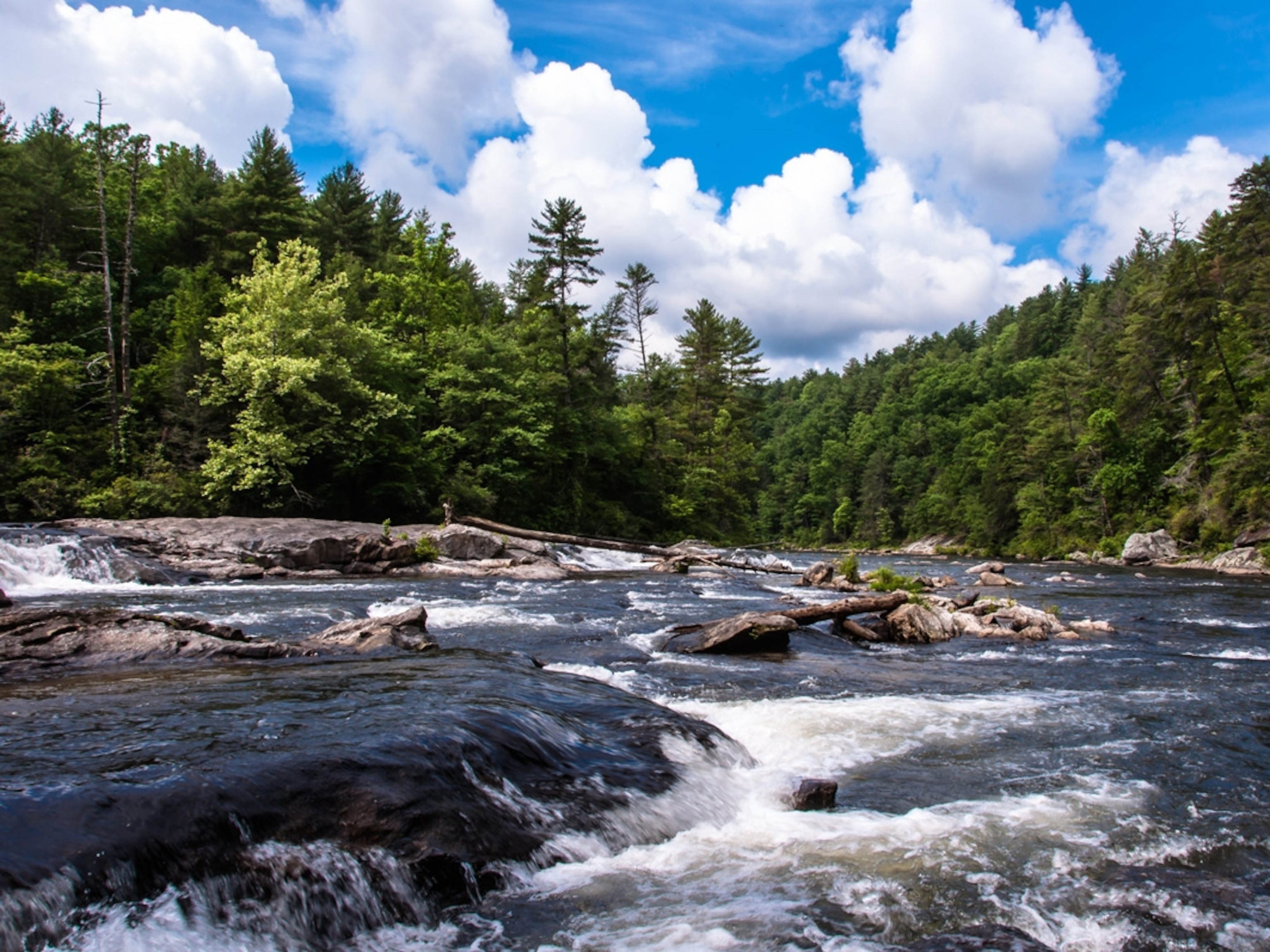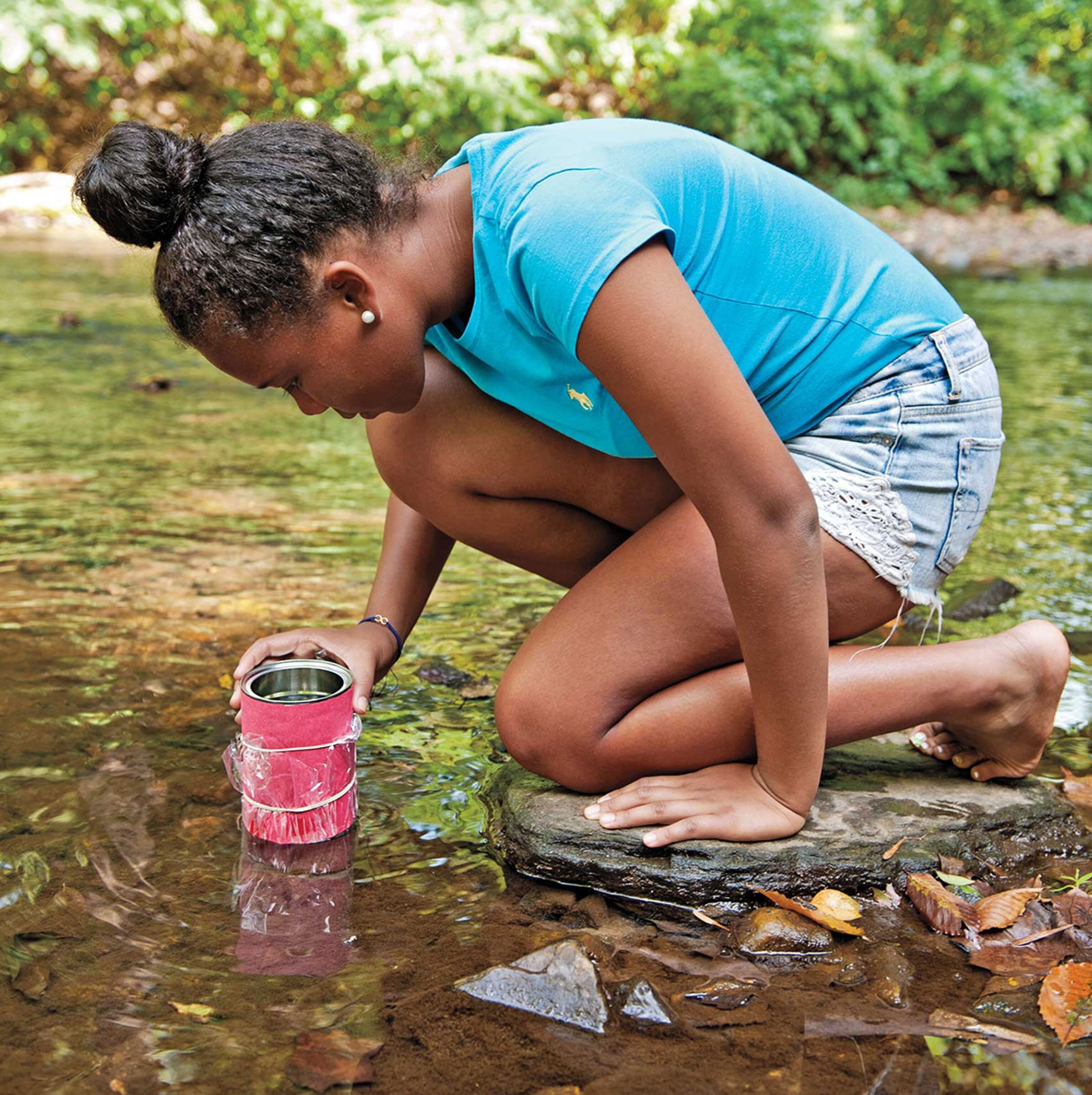
Explore the shoreline with an underwater viewer
Show kids the importance of the shoreline, which provides an active habitat for wildlife and provides stability to the water’s edge. Help them make an underwater viewer to explore this important microhabitat.
Make It!
What you’ll need:
• A clean, empty metal can
• Paints and paintbrushes (optional)
• Plastic wrap
• Rubber bands
Step 1
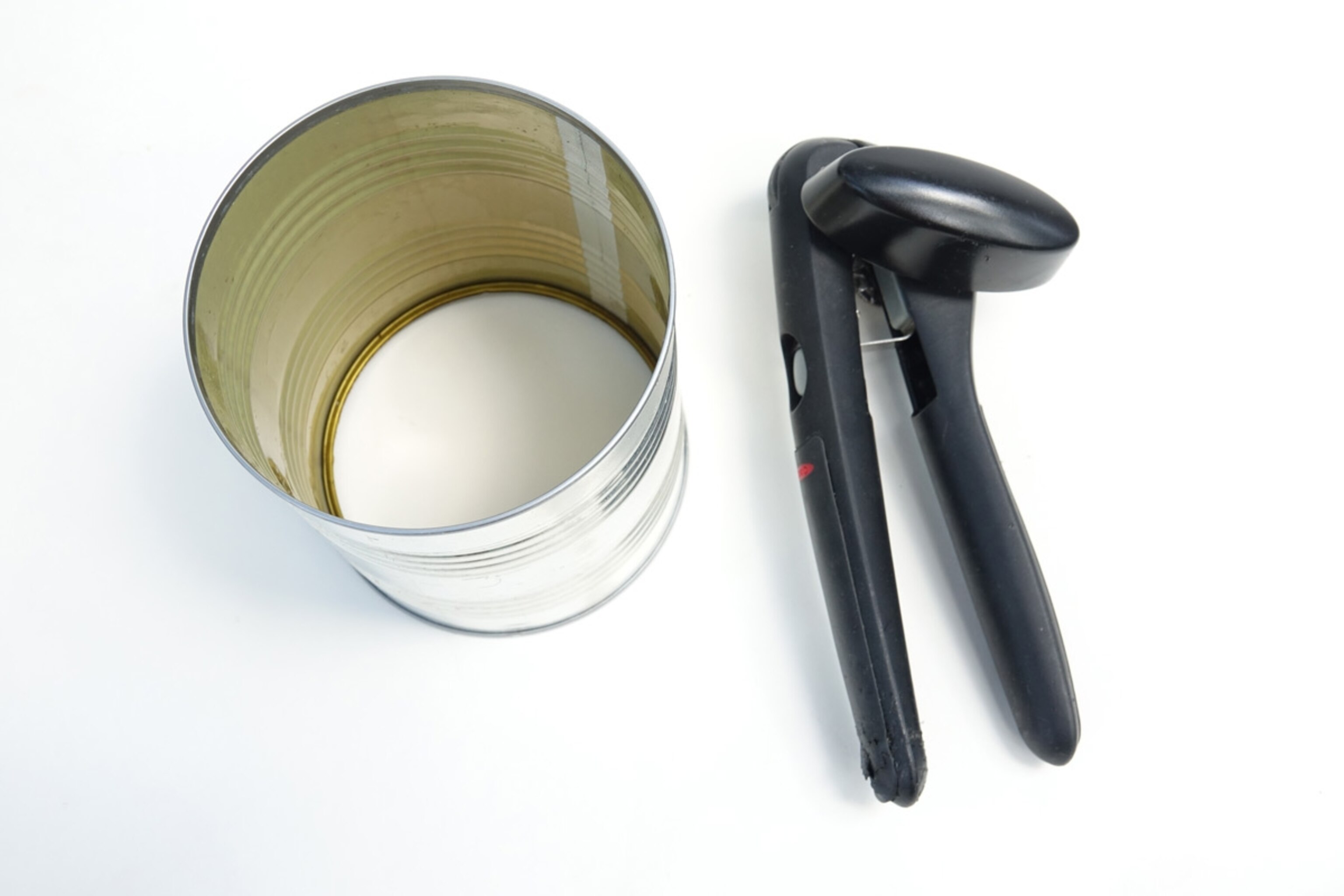
Using a can opener, cut off both ends of the can so it’s open on the top and bottom.
Step 2
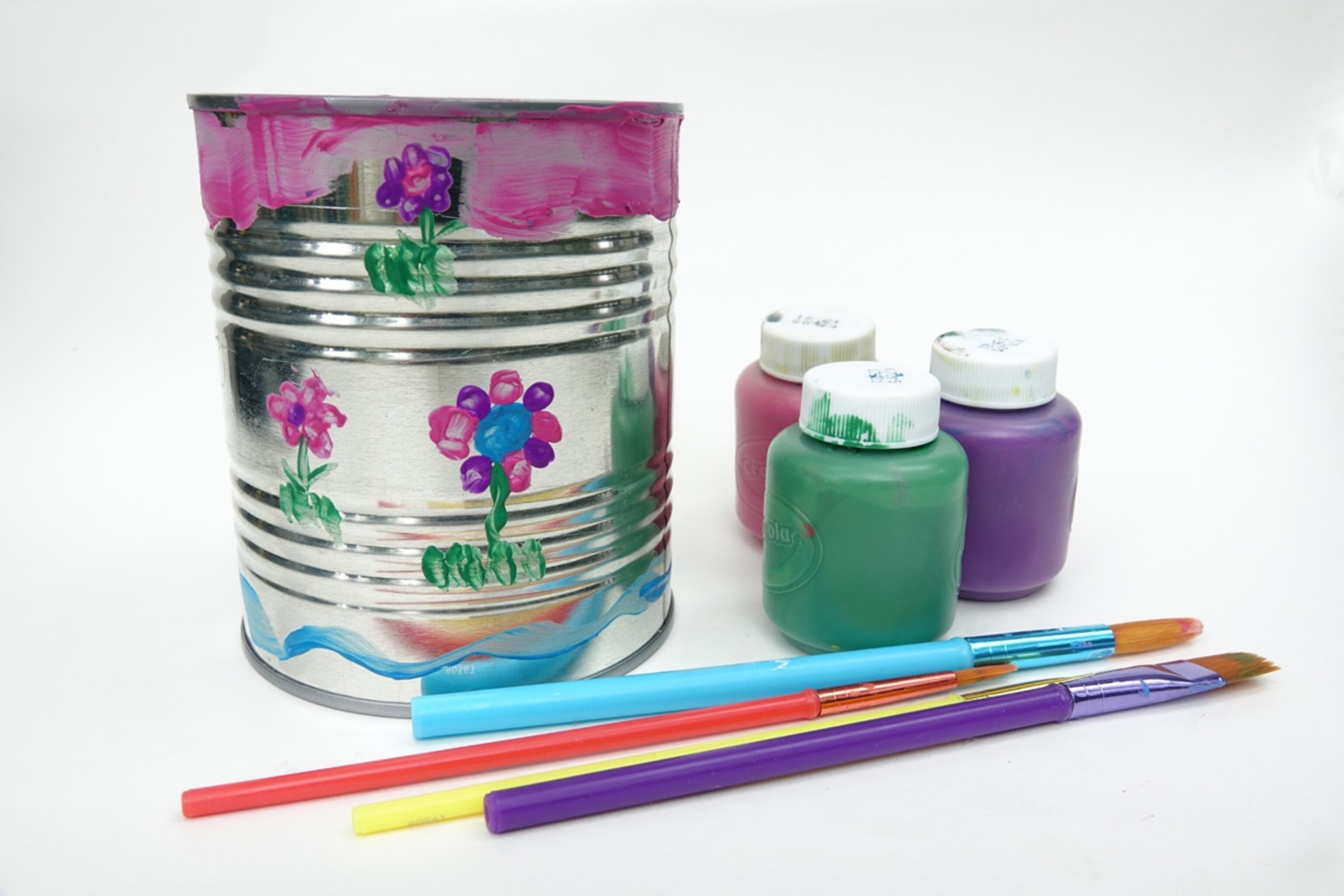
If kids want, paint and decorate the outside of the viewer.
Step 3
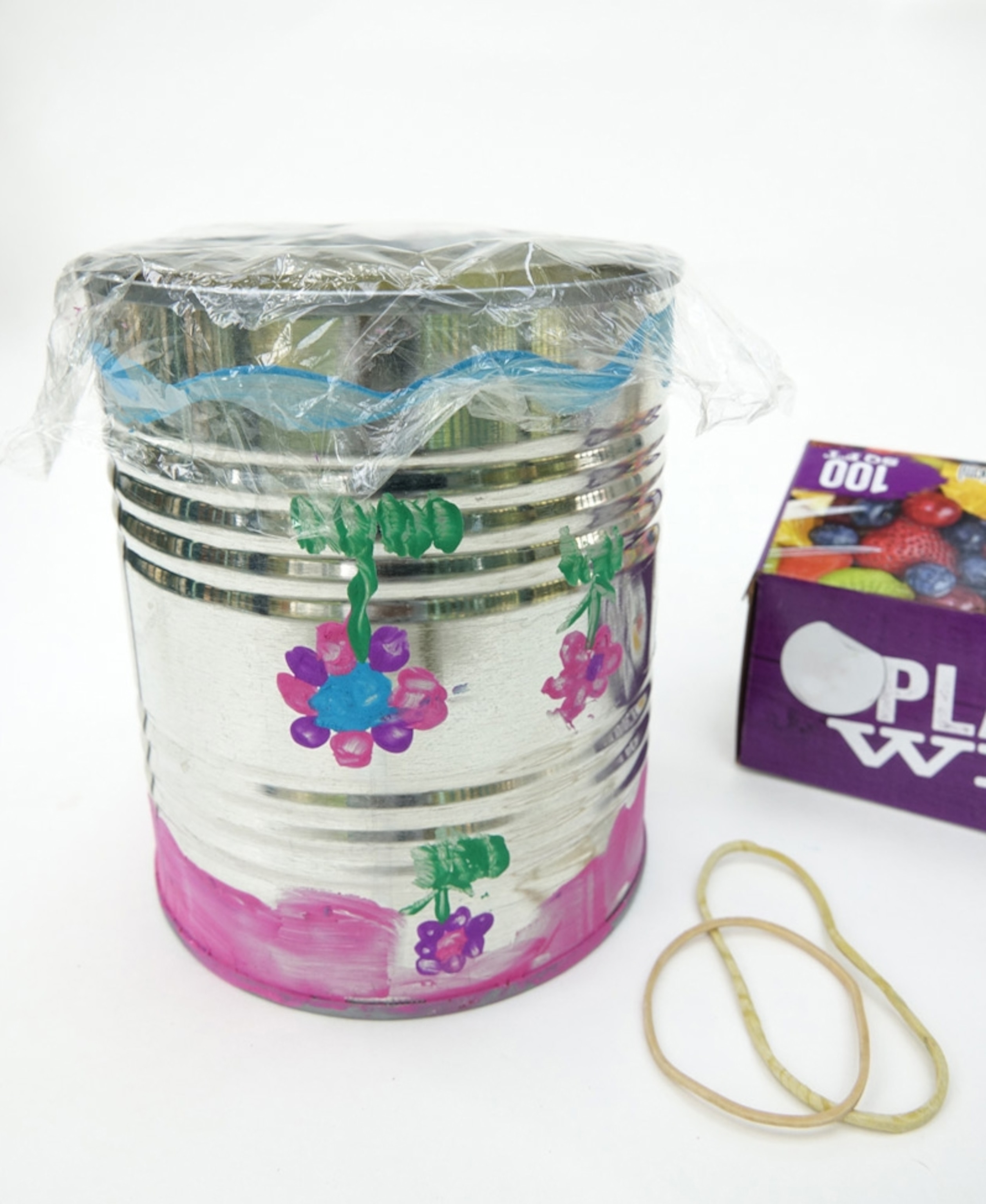
Cover one of the can’s open sides with the plastic wrap.
Step 4
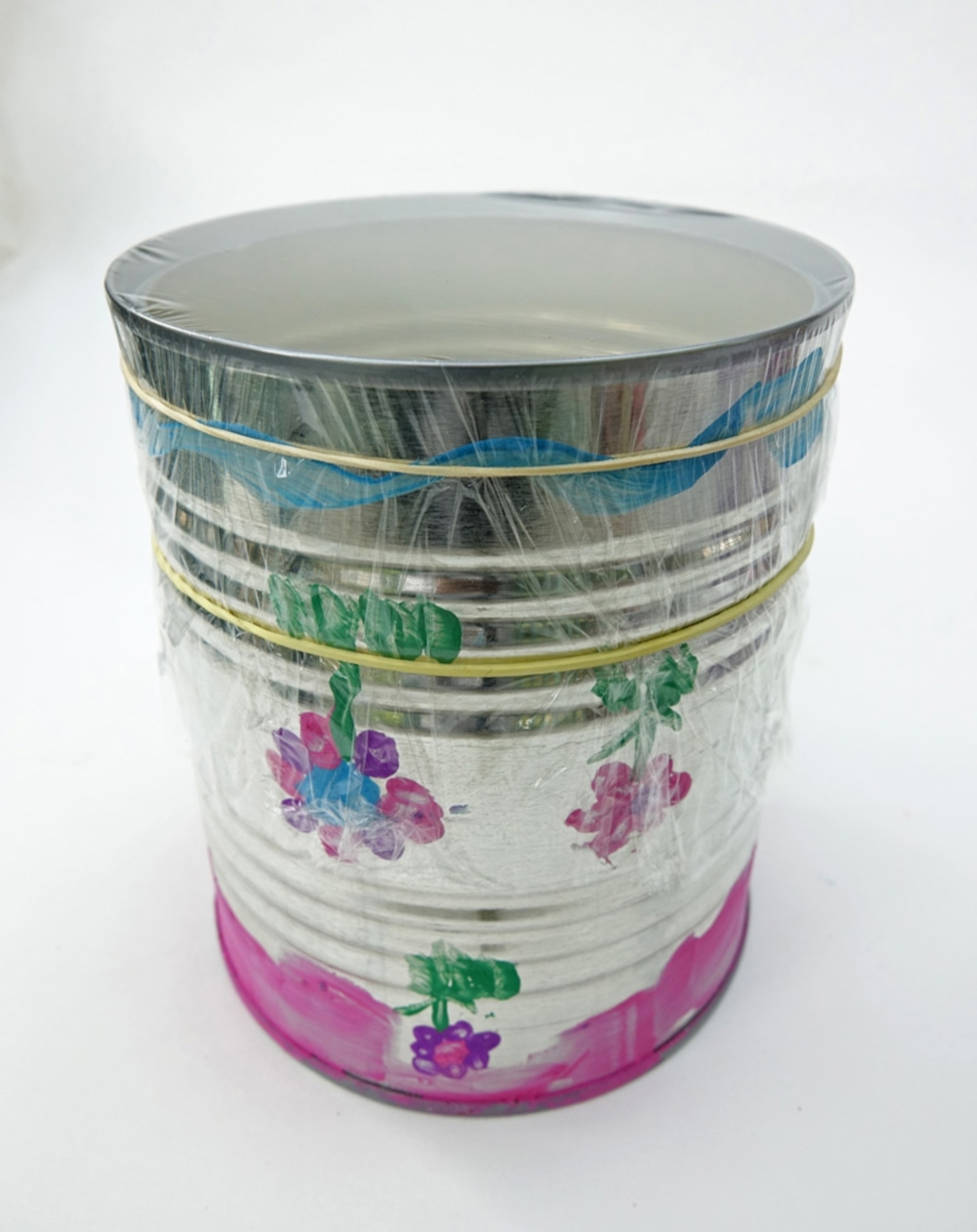
Secure the plastic wrap with the rubber band.
Try It!
The underwater viewer is best used in shallow water along the shoreline. Have kids stand safely on firm ground, then lean over and place the scope on the water’s surface or partially submerged, with the plastic wrap facing down. Then use these activities to help children learn about biodiversity in a shoreline.
• Human activity—for instance, from too many boats and overfishing—can disturb the sediment in the shoreline. Demonstrate this to kids by asking them to count how long it takes for sediment to settle after their feet have agitated the water. Then have them imagine what too many boats too close to the shore can do.
• See if kids can find any fish swimming under their viewer. Are they alone or in groups? Big or small? Why do they think they’re living near the shoreline?
• Have them find a rock underwater, then find a similar-looking one on shore. How do they think the rock got to dry land?
Save It!
Now that kids understand the important of the shoreline, inspire them to protect it. Here are some ideas:
• Kids might be tempted to take home souvenirs from the shoreline, like cool rocks, branches, or shells. But these help keep the shoreline strong and prevent erosion. Instead, take a digital memory of the shore with a camera. Then back home, make a collage out of all the pictures.
• Litter that people have dumped along the shoreline can harm the plants and animals that live there, as well as get into the waterway and travel to the ocean, polluting everything along the way. So help kids organize a shoreline cleanup. (Here’s a kid-friendly step-by-step how-to.) Schedule a time, grab some friends, and bring along some trash bags. Make a game of it by seeing who can pick up the most garbage in a set amount of time.
• Kids might think it’s fun to feed animals that live near the shoreline, but human food can be bad for animals since it’s not their natural diet, plus it discourages them from finding their own food. This changes their behavior and is detrimental to their health. Instead, observe the animals from afar using a DIY telescope.
For more activities, check out the Get Outside Guide by Nancy Honovich and Julie Beer.

